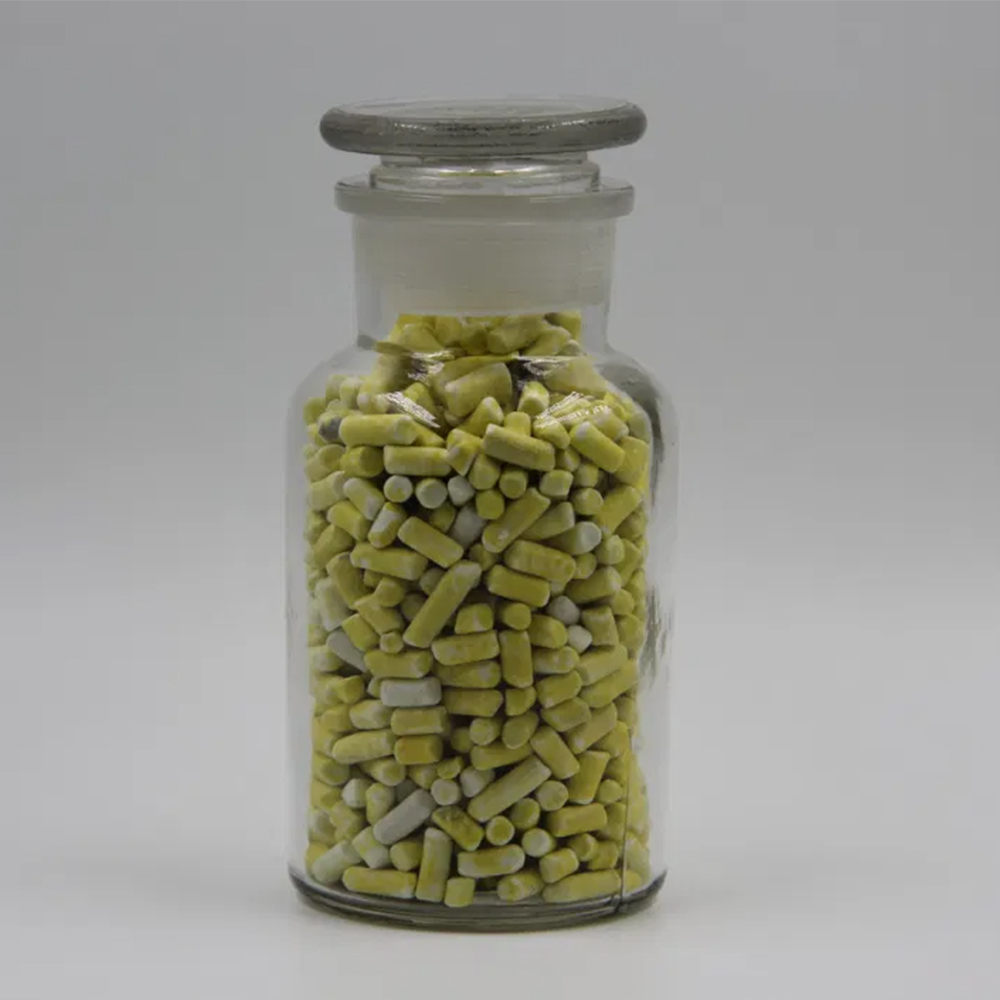



Understanding the Molecular Weight of Strontium Chloride for Chemical Applications
Strontium chloride (SrCl2) is an inorganic compound that has gained attention in various scientific fields, including chemistry, material science, and medicine. Understanding its molecular weight is essential for accurate stoichiometric calculations, especially in experimental settings where precise measurements are crucial.
The molecular weight of strontium chloride can be calculated by summing the atomic weights of its constituent elements. Strontium (Sr) is an alkaline earth metal with an atomic weight of approximately 87.62 g/mol, and chlorine (Cl) is a halogen with an atomic weight of about 35.45 g/mol. Since strontium chloride consists of one strontium atom and two chlorine atoms, the calculation for its molecular weight is as follows
Molecular Weight of SrCl2 = (1 × 87.62 g/mol) + (2 × 35.45 g/mol) = 87.62 g/mol + 70.90 g/mol = 158.52 g/mol.
This means that one mole of strontium chloride has a mass of 158.52 grams. Knowing this molecular weight is particularly useful in various applications. For instance, in laboratories, chemists often need to prepare a specific concentration of a solution. Understanding the molecular weight allows them to calculate how much strontium chloride is required to achieve the desired molarity.
strontium chloride molecular weight

In addition, strontium chloride is used in a variety of industrial applications, including the production of fireworks, where it imparts a vibrant red color. Its compounds are also employed in the manufacture of television picture tubes and as a flux in metallurgy. Beyond industrial use, strontium chloride has shown potential in medical applications, especially in the treatment of osteoporosis. Some studies suggest that strontium ranelate, derived from strontium, may help in bone formation and reduce fracture risk.
Moreover, understanding strontium chloride's molecular weight and its properties can lead to further research opportunities, including its behavior in different chemical environments and potential interactions with other substances. This level of knowledge can help improve efficiencies in both industrial processes and laboratory experiments.
In summary, strontium chloride, with a molecular weight of 158.52 g/mol, plays a significant role in various fields, and an understanding of its molecular weight is crucial for both theoretical and practical applications. Whether in chemistry labs or industrial settings, accurate knowledge of strontium chloride’s molecular weight enables scientists and engineers to work effectively with this versatile compound.
-
Why Sodium Persulfate Is Everywhere NowNewsJul.07,2025
-
Why Polyacrylamide Is in High DemandNewsJul.07,2025
-
Understanding Paint Chemicals and Their ApplicationsNewsJul.07,2025
-
Smart Use Of Mining ChemicalsNewsJul.07,2025
-
Practical Uses of Potassium MonopersulfateNewsJul.07,2025
-
Agrochemicals In Real FarmingNewsJul.07,2025
-
Sodium Chlorite Hot UsesNewsJul.01,2025










